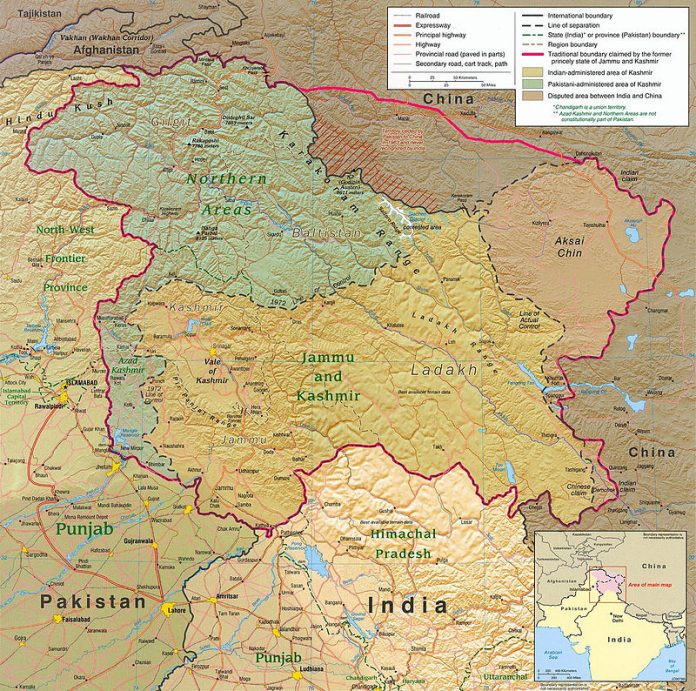
Pakistan concluded in the mid-1960s that India was weakening and that it was the right time to resolve the Kashmir issue. Muhammad Ayub Khan’s military regime was ruled in Pakistan. After the First India-Pakistan War, part of Kashmir was in Pakistan and part in India. The Americans were arming Pakistan, and India included Jammu and Kashmir in their federal state. The conflict began at the border in an almost unpopulated area of Kachchh, where it was thought there might be oil. The boundary was not really defined there.
In the summer of 1965, Pakistani mujahideen penetrated the Indian state of Jammu and Kashmir. Therefore, India crossed the agreed Kashmir line and entered Pakistani territory. She suffered more losses in the fighting as she underestimated the Pakistanis.
Air strikes also began and India officially declared war on Pakistan on September 6th. She set out to conquer the hometown of Punjab and the second largest city of Pakistan. The US provided weapons to both sides. On September 14, 1965, there were battles with the Pakistani city of Chawind. It lasted for six days and is considered to be the biggest tank battle since World War II. After heavy losses, the pat position remained. India had a lot more manpower, but Pakistan had much better weapons. The UN called for a ceasefire, which was accepted by both parties. According to some estimates, 3,000 – 4,000 people were killed on each side.
The Soviets initiated a conference in Tashkent (present-day Uzbekistan), which held on January 10, 1965. Indian Prime Minister Lal Bahadur Shastri and Pakistani President Muhammad Ayub sign the Tashkent Declaration. This brought the situation back to pre-war status. As both states continued to demand the takeover of Kashmir, the issue has not been resolved. Pakistan received 900 km² of the required 3500 km² in 1968, and the conflict continued during the Cold War.




